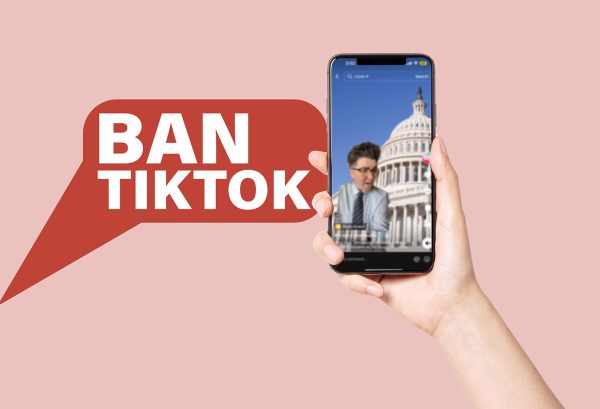Anti-obesity measures produce mixed reactions
University of Kentucky student Shannon Frazer, pictured in the Kernel office on 10/14/09. Photo by Ed Matthews
October 11, 2010
Column by Shannon Frazer. E-mail
Many Americans argue it takes personal responsibility, not lawful obligation, to promote and maintain good health.
They claim the government should stay out of the health-initiative picture and that large-scope measures to cut down obesity are lost causes because those who have enjoyed the sedentary lifestyle will find other ways to satisfy it.
Several recent initiatives across the U.S. have challenged that mentality, though.
A Los Angeles NBC-affiliate reported that Baldwin Park Mayor Manuel Lozano banned the use of drive-thrus and the building of additional ones in his region.
Lozano said the moratorium was put in place because Baldwin Park’s childhood obesity rate is approximately 30 percent higher than surrounding LA suburbs. Tthe area has three fast-food restaurants per square mile and idling vehicles has contributed to air pollution.
Lozano said the goal of this initiative is to make people get out of their vehicles and walk.
“People have a choice and we understand that,” Lozano said. “But we have an obligation to provide a healthy alternative.”
Similarly, an Oct. 7 New York Times article reported that New York Mayor Michael Bloomberg approached USDA officials about establishing a 2-year bar on using food stamps to purchase sodas and other sugary beverages. Approximately 1.7 million New York residents receive food stamps.
Bloomberg’s colleagues have been critical of this plan, however. They’ve argued a less aggressive approach (such as a television campaign) might prove more effective.
Even Michelle Obama’s “Let’s Move” initiative “has an ambitious national goal of solving the challenge of childhood obesity within a generation so that children born today will reach adulthood at a healthy weight,” according to the program’s website.
With all of these governmental measures to keep Americans’ health in check, I have to ask if it will make any difference.
Will Baldwin Park residents be inspired to eat at home more often due to drive thru closures, or will they now travel to the next town over to get their fast-food drive-thru fix?
Will Bloomberg’s no-soda plan be blocked by fellow government officials, just as a similar plan was struck down in Minnesota in 2004?
And will Mrs. Obama’s program have a long-term impact on today’s youth?
But I think the most important question these health-driven initiatives raise is this: How far is far enough?
People argue that two-thirds of the population is obese—one-third of which is children—because of lack of exercise.
Others claim the problem is attributed to the nutritionally-lacking American diet.
But at the end of the day, these facts don’t identify the true cause of American obesity: personal responsibility.
Yes, the very liberty that so many Americans say provides their right and reason to choose the foods they do is also the key to their undoing.
Since people are so quick to find a societal scapegoat for an issue that clearly lies within their control, the government recognized a need to provide these new measures. Officials realize in order to force Americans to make positive changes in their eating and exercise habits, they must enact regulations for people to conform.
Even college campuses don’t have to be excluded; although it may be difficult to navigate dining establishments for the limited healthy options, students can still maintain their own sense of personal responsibilities of moderation and getting enough exercise.
Continued governmental intervention seems to be the only way officials will find support of the majority. In the meantime, the only viable way to do this so far has been through these mandates.
Not until more Americans, college students and otherwise, practice personal responsibility will these government
programs make any difference.
























































































































































